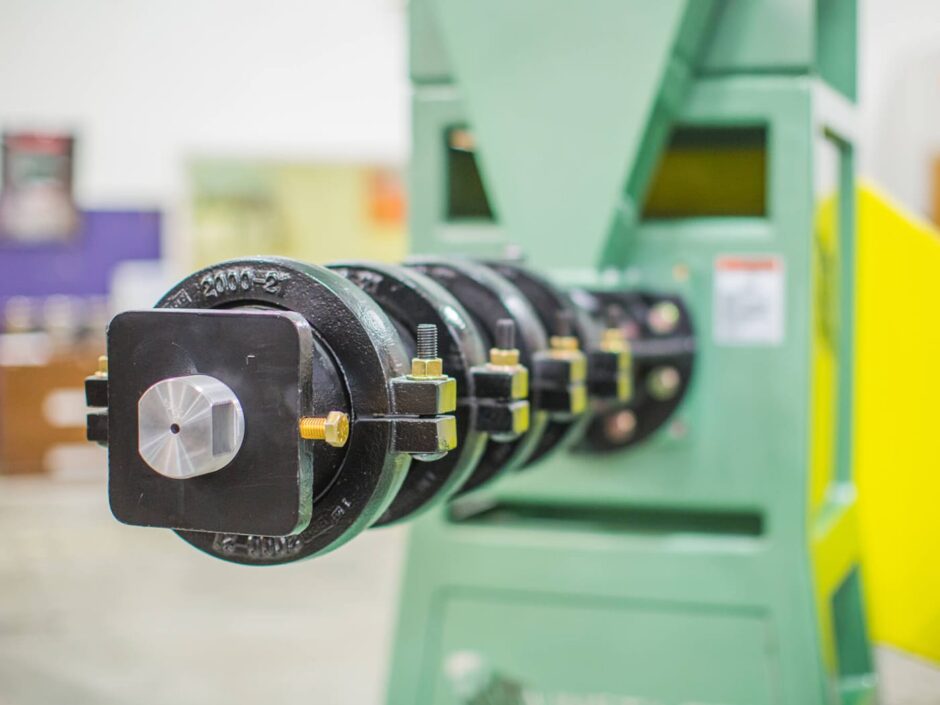High-Shear Dry Extrusion: Reliable Measurements and Results

When operating extruders from Insta-Pro, we talk extensively about processing temperature in the final cooking chamber, as an important quality control point. Achieving an appropriate extrusion temperature is critical for making the best meal that you can, and animals will respond when this is achieved.
However, there is a lot going on inside an extruder barrel. Some of it, like extruder barrel temperature, is relatively easy to measure. We use thermocouples that fit inside ports on the extruder barrel to obtain this measurement. Insta-Pro high-shear dry extruders, like similar, but different, extrusion machines, are also pressure cookers. The internal pressure is elevated due to forces like shear that affect the contents inside the barrel.
In short, there are many forces at work inside of an extruder barrel to achieve the quality and consistency we see from ingredients. Some forces are simple to measure, others are difficult, and still others cannot be measured at all. So how do we have such confidence in our techniques?
At Insta-Pro, we have relied on animal feeding and digestibility trials, along with appropriate laboratory testing using wet chemistry, to fully define our equipment and processes. Since the early 1970’s, we have used the results of university research to define our processes and equipment, including parts design.
This is very important because imitators exist and will always try to make similar claims. Many companies claim to make an “extruder”, but don’t be fooled by this term. Anything that pushes material through a barrel is an “extruder”, like the way you squeeze a tube of toothpaste. When you brush your teeth every day, you’re operating an “extruder”.
So even though the equipment may look the same, results from animal feeding trails tell a very different story. Different extruders make different qualities of soy meal. And it all comes back to what can be measured reliably. Measuring temperature is important, but changes in temperature often also pick up differences in pressure, shear, and other factors – parameters that are tough or impossible to measure. Remember, animals don’t lie. They are the ultimate test of technology.
So, work with equipment that has decades of animal and lab data behind it.



